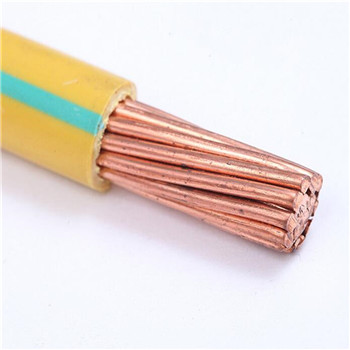 |
Zhengzhou Wubai Cable and Wire Co.,Ltdsolar DC cable, battery cable, earth cable,pump cable, DC/AC electrical cable |
||||
What should be paid attention to when using rubber antioxidants for wires and cables?
What should be paid attention to when using rubber antioxidants for wires and cables?
Abstract: The manufacturing of wires and cables is completely different from the production methods of most electromechanical products. Electromechanical products usually use other parts...
The manufacture of wire and cable is completely different from the way most electromechanical products are produced. Electromechanical products are usually assembled into components, multiple components are assembled into a single product, and the product is measured by the number of units or pieces. Wires and cables are based on length as the basic unit of measurement. All wires and cables start from the conductor processing, and add insulation, shielding, cabling, sheathing, etc. to the periphery of the conductor layer by layer to make wire and cable products. The more complex the product structure, the more layers are stacked. So for its related knowledge points, everyone must be very eager to know.
What are the precautions for the use of rubber antioxidants in wires and cables?
Let's introduce them from the wire and cable factory:
1. The amount of antioxidant should not exceed the solubility in rubber to prevent frost spray and contaminate the surface quality of rubber. Amine antioxidants have adverse effects on rubber scorch; phenolic antioxidants can delay vulcanization and should be paid attention to when selecting them.
2. Due to the different characteristics of each antioxidant, and the aging properties of different rubber formulations are different. Therefore, the most effective antioxidant for one rubber material may be ineffective or even harmful to another rubber material. Therefore, the selection of antioxidants must be considered and reasonably selected according to the aging properties of various rubber materials, anti-aging requirements and the characteristics of various antioxidants.
3. When one antioxidant is difficult to meet the requirements, two or more antioxidants should be used together to make it have a coordinated effect and ensure the anti-aging effect.
4. Some antioxidants have coloration and pollution on rubber. Generally speaking, phenolic antioxidants have poor protection, but do not contaminate or contaminate very little. Amine antioxidants with higher protective effect will cause rubber pollution and serious discoloration. These contradictions should be considered in the selection process.



